Inside the world’s second biggest wine cellar
I was refused entry to the world’s biggest wine cellar because I’d forgotten to bring a car.
Apparently you need your own set of wheels to enter Mileștii Mici because it’s so vast it would take days — possibly weeks, if you allow for tastings and the inevitable wrong turns — to explore its 200km-long labyrinth on foot.
Unfortunately I’d arrived not in a car but on a sweaty, overcrowded public bus. I tried in vain to get a ride with someone else before slinking off, disappointed and slightly humiliated, without seeing the underground wonders of Mileștii Mici.
Not all was lost, however. It just happened that the world’s second largest wine cellar, with an only slightly less impressive 120km of tunnels, wasn’t far away. And I didn’t need a car to get in.
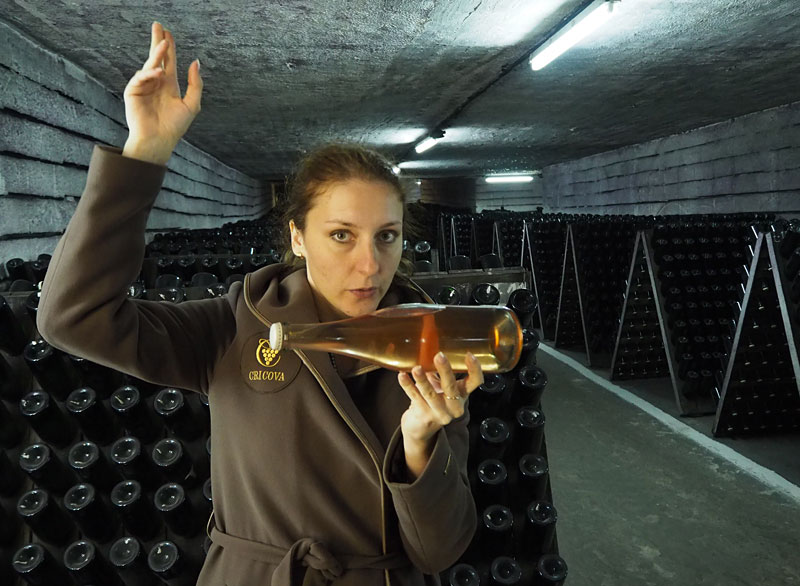
At first it might seem odd that the two biggest wine cellars in the world are in Moldova, a former Soviet Republic sandwiched between Romania and Ukraine with the unenviable reputation, previously held by Albania, of being the poorest country in Europe.
It’s less surprising, however, when you consider the country’s fertile soils and superb climate for viticulture. During the glory days of communism every second bottle of still wine and every third bottle of bubbly drunk in the Soviet Union was produced in tiny, wine-loving Moldova.
The collapse of the USSR hit Moldova’s wine industry hard but the world’s biggest wine cellars survived.
The second biggest, Cricova Winery, is about 15km from Chișinău, the country’s chaotic capital.
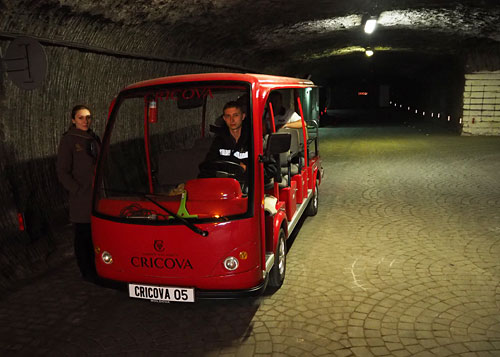
At the entrance a crowd of expectant visitors was split into English- and Russian-speaking tour groups. It was pretty clear who had the money and the numbers, and it wasn’t the English speakers.
A guide named Vita, pale from too long spent underground, took charge of my group — a Swedish backpacker, two Turks and a Kiwi — and herded us into an electric vehicle like an over-sized golf cart.
We sped off into a 50ha underground city boasting warehouses, maturing rooms, a bottling plant, a museum, five sumptuously decorated tasting rooms and tunnels with names like Bulevard Șampaniei (Champagne Boulevard) and Strada Sauvignon (Sauvignon Street). The cellar is so vast it has road signs to regulate traffic.
Vita explained that the cellar started as a limestone mine in the 15th century with some parts dug by the inmates of nearby Cricova Prison. In the 1950s the Moldovans realised the mine’s year-round low temperature and high humidity made it ideal for wine.
We whizzed past kilometre after kilometre of oak barrels until we reached a series of tunnels where a million bottles of sparkling wine are left to ferment in racks. There the sole job of a team of middle-aged women called wrigglers is to rotate each bottle by 45 degrees every two to three days, in accordance with the classic French method for producing champagne. The best wrigglers could do 35,000 bottles a day, Vita said.

The next stop on the tour was Moldova’s national wine collection where another million-plus bottles are stacked in alcoves in the tunnel walls. A layer of dust and mould is evidence they haven’t been disturbed in decades.
One alcove is dedicated to Vladimir Putin’s private collection — the Russian leader celebrated his 50th birthday at Cricova — but the greatest treasure is a bottle of wine made in Jerusalem in 1902. The only other bottle left undrunk on the planet fetched US$1 million the last time it came up for auction, Vita claimed.
A wall near the exit is adorned with photos of world leaders who have visited the cellar. There’s no sign of New Zealand prime ministers but there are pictures of the current Chinese president, the US secretary of state and the German chancellor.
The prize for most enthusiastic visitor, however, has to go to Russian cosmonaut Yuri Gagarin, the first man in space, who entered the cellar on October 8, 1966, and only emerged with assistance late the following day. In a framed letter he waxes lyrical over his two-day stay in the cellar: “All the precious metal in the world would not be enough to make the medals Cricova deserves,” he gushed.

I’d booked one of the cheaper tours so a tasting session wasn’t included. It turned out, however, that the owner of my hostel was best mates with one of the guides, so the Swede and I were ushered to a low wooden table and plied with goblets of Moldovan wine.
The first, a viorica, was a light, dry white; that was followed by a rich red called a rară neagră which tasted of caramel and berries. The Russians weren’t drinking theirs so I did my best to help them out.
I asked about testing a few more varieties and imagined staying for a Gagarin-style two-day bender, but before I knew it we were herded blinking back out into the sunlight.
If I ever get a job as a cosmonaut I’m coming back to drink the rest.
Practicalities
The most popular Cricova tours cost around 500 Moldovan lei (NZ$35). The cheapest is 310 lei (NZ$21) while the deluxe, pull-out-the-stops tour is 2200 lei (NZ$150). The tours at Mileștii Mici start from 200 lei (NZ$13) and are reportedly highly entertaining, but you need to bring your own car and book ahead. Cricova is 25km north of Chișinău and easily reached by public transport. Mileștii Mici is 20km south of the city.
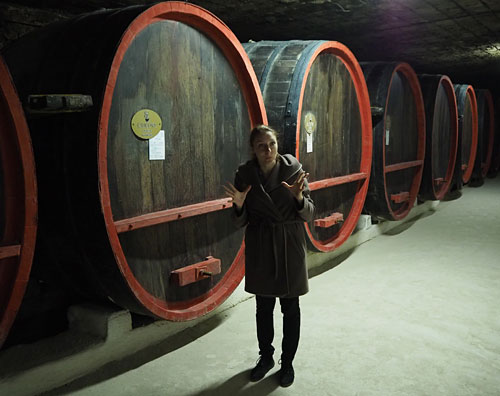
Moldova is a former Soviet republic sandwiched between Romania and Ukraine with a population of about 3.5 million. Romanian is the official language though a sizeable minority speak Russian as their first language. English is increasingly spoken by the young generation, in the capital Chișinău anyway.
To get to Chișinău you can fly direct from London Stanstead or most major European cities with Air Moldova; you can also fly to Bucharest in Romania and take an overnight sleeper train. Or, if you really want to do it cheaply, you can take a train to Iași (a large city in eastern Romania) and catch a minibus from there. The 150km trip takes about three hours.
Despite attractions like the world’s two biggest wine cellars, Moldova gets fewer tourists than any other country in Europe (121,000 in 2016 according to the UN World Tourism Organisation). In fact, if you compare the number of tourists to the number of residents, Moldova is apparently the third-least touristy country on Earth, beaten only by Bangladesh and Guinea.

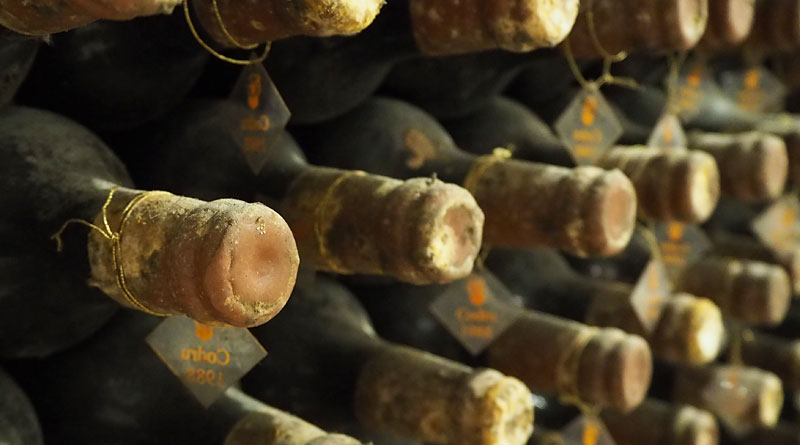
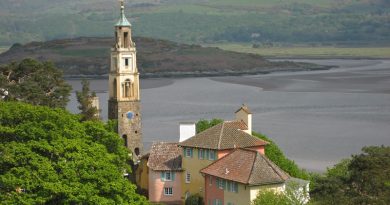
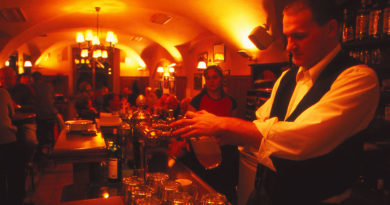
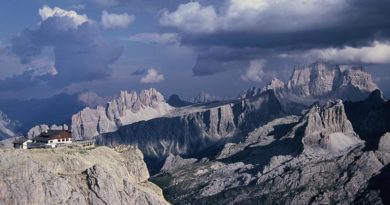
Fantastic read.
Thanks Sue!